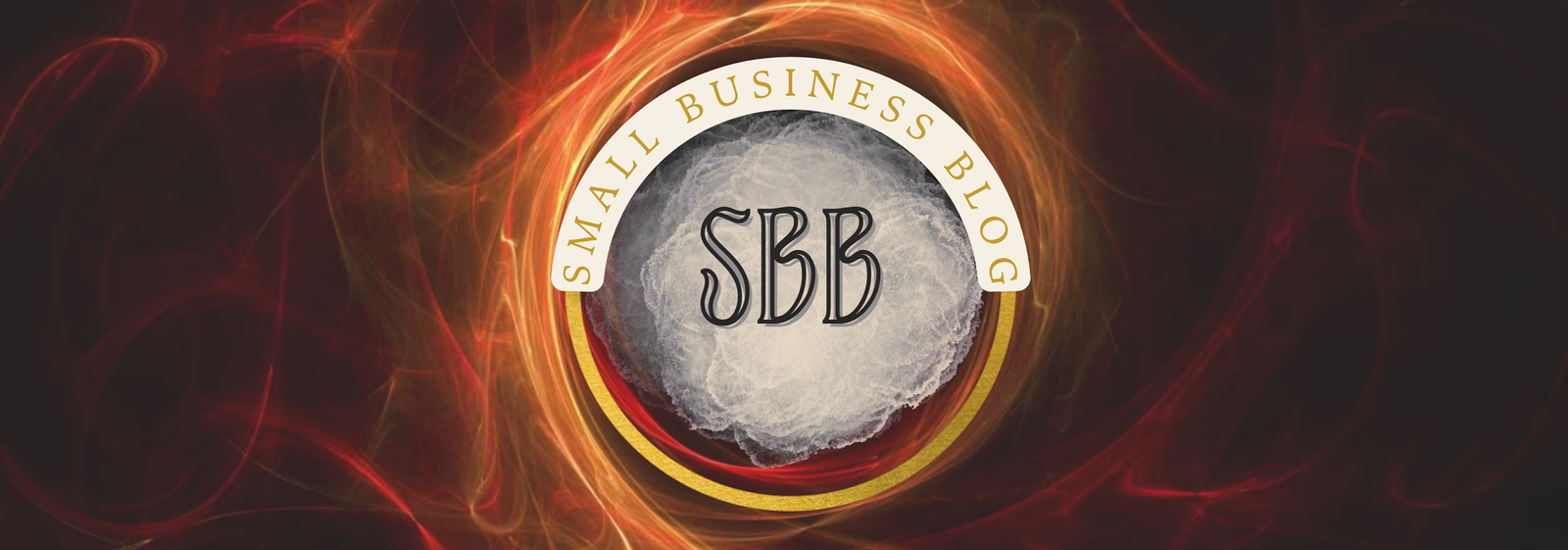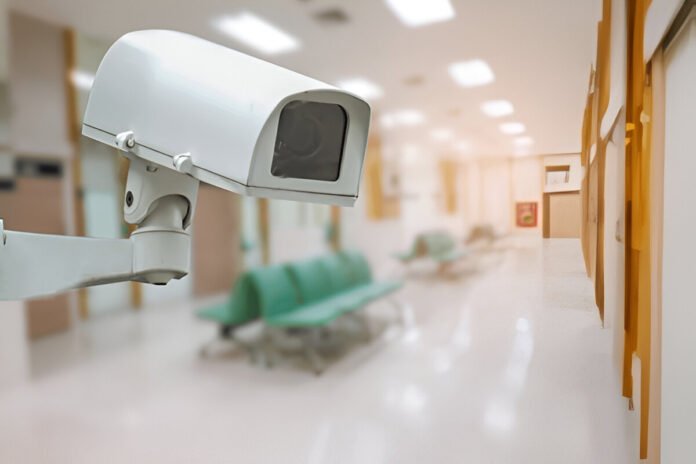Have you ever wondered if the aged care facility looking after your loved one is truly keeping them safe? Are you concerned about how caregivers monitor residents when you’re not around? These questions often weigh on the minds of families with older relatives in nursing homes, especially when trust and transparency are so important. In this post, we’ll explore why video surveillance is crucial in nursing homes and how it can help everyone involved breathe a little easier.
They involve placing CCTV cameras in strategic areas to monitor hallways, living spaces, and other common areas. This practice is more than just a security measure—it’s an approach to improving resident well-being, preventing incidents, and offering families greater reassurance. We’ll discuss how these systems work, the benefits they bring, and what stakeholders in the nursing home sector must consider before installing the cameras.
Table of Contents
Protecting Vulnerable Residents
Nursing home residents represent one of society’s most vulnerable populations. Many suffer from cognitive impairments like dementia or Alzheimer’s that prevent them from reporting abuse or neglect. Others have limited mobility that makes them dependent on caregivers for basic needs. Video monitoring serves as an objective witness that can detect problems human observers might miss.
Cameras placed in common areas can deter physical abuse by staff members or other residents. They also help identify patterns of neglect, such as prolonged periods without assistance for toileting or repositioning bedridden patients. In cases of wandering residents, surveillance systems help staff quickly locate individuals who may be at risk of falls or elopement. The knowledge that actions are being recorded encourages better behavior from everyone in the facility.
Improving Quality of Care
Beyond preventing abuse, video surveillance positively impacts the overall quality of care. Administrators can review footage to evaluate staff performance, identify training needs, and recognize exemplary caregivers. The ability to observe real interactions helps develop better protocols for challenging situations like managing aggressive behaviors in dementia patients.
For medical care, video records provide valuable documentation. They can verify whether prescribed treatments were administered properly or show exactly how an injury occurred. This objective evidence proves invaluable for resolving disputes about care quality and making informed decisions about treatment adjustments. Some advanced systems even integrate with electronic health records to create comprehensive care documentation.
Legal Protection for Facilities
Nursing homes face significant liability risks in today’s litigious environment. Video surveillance creates an unbiased record that protects both residents and facilities from false accusations. When families question care quality or allege mistreatment, administrators can review footage to determine exactly what occurred rather than relying on conflicting accounts.
The presence of cameras also discourages fraudulent claims. Knowing their actions are recorded, both staff and residents are less likely to make false allegations. For legitimate incidents, video evidence helps facilities conduct thorough investigations and take appropriate corrective action. This documentation can prove invaluable in regulatory reviews or court proceedings.
Supporting Staff Members
Quality caregivers welcome video monitoring as protection against false accusations. Surveillance systems validate their professional conduct and provide evidence of the challenging work they perform daily. Footage can showcase positive interactions that might otherwise go unnoticed by supervisors.
Camera systems also help with staff training and development. New employees can learn proper techniques by observing experienced colleagues. Supervisors can identify areas where additional training might benefit the entire team. Some facilities use anonymized footage for staff education, demonstrating best practices for difficult situations like managing combative residents or preventing falls.
Technological Advancements
Modern surveillance systems offer capabilities far beyond simple video recording. Smart cameras can detect unusual activity patterns and alert staff to potential problems. Advanced analytics might identify a resident who hasn’t moved in an unusually long time or detect falls in real time. Some systems integrate with wearable devices to monitor vital signs while tracking location.
Cloud-based storage solutions ensure footage is securely backed up and accessible to authorized personnel from any location. Facial recognition technology can help identify visitors and prevent unauthorized access. These innovations make surveillance systems more effective while reducing the manpower needed to monitor them.
Family Peace of Mind
For families struggling with the difficult decision to place a loved one in a nursing home, video access provides tremendous reassurance. Some facilities offer secure portals where authorized family members can check in visually at predetermined times. This virtual window into their loved one’s daily life alleviates anxiety and helps families feel more connected.
When concerns arise, families can request to review relevant footage rather than relying solely on staff accounts. This transparency builds trust between families and care providers. Knowing their loved one’s activities are documented helps families feel confident about the care being provided.
Implementing Effective Systems
Successful surveillance implementation requires careful planning. Facilities should consult legal experts to ensure compliance with state and federal regulations. Camera placement should prioritize safety while respecting privacy, with input from residents, families, and staff.
Ongoing staff training ensures everyone understands proper use of the system and protocols for responding to incidents captured on video. Clear policies must govern who can access footage, how long it’s retained, and circumstances under which it can be reviewed. Regular system maintenance prevents gaps in coverage and ensures reliable operation when needed most.
The Future of Nursing Home Surveillance
Emerging technologies promise to make surveillance systems even more valuable. Artificial intelligence can analyze footage to detect subtle signs of distress or predict potential safety issues before they occur. Integration with other smart facility systems could automatically adjust lighting when a resident gets out of bed or alert staff if a dementia patient approaches a restricted area.
As technology evolves, ethical considerations will remain paramount. The goal should always be enhancing care quality while preserving human dignity. With proper policies and implementation, video surveillance will continue playing a crucial role in creating safer, more transparent nursing home environments.
Conclusion
Video surveillance in nursing homes is no longer optional—it’s an essential component of quality elder care. These systems protect vulnerable residents, improve staff performance, and provide documentation that benefits everyone involved. While privacy concerns require thoughtful policies, the benefits of increased safety and transparency far outweigh the challenges.
As our society ages and nursing home populations grow, video monitoring will become increasingly sophisticated and widespread. Facilities that embrace this technology thoughtfully and ethically will lead the way in providing safer, higher-quality care. For families, these systems offer something priceless: the peace of mind that comes from knowing their loved ones are protected. In the delicate balance between safety and privacy, properly implemented video surveillance strikes exactly the right note.








